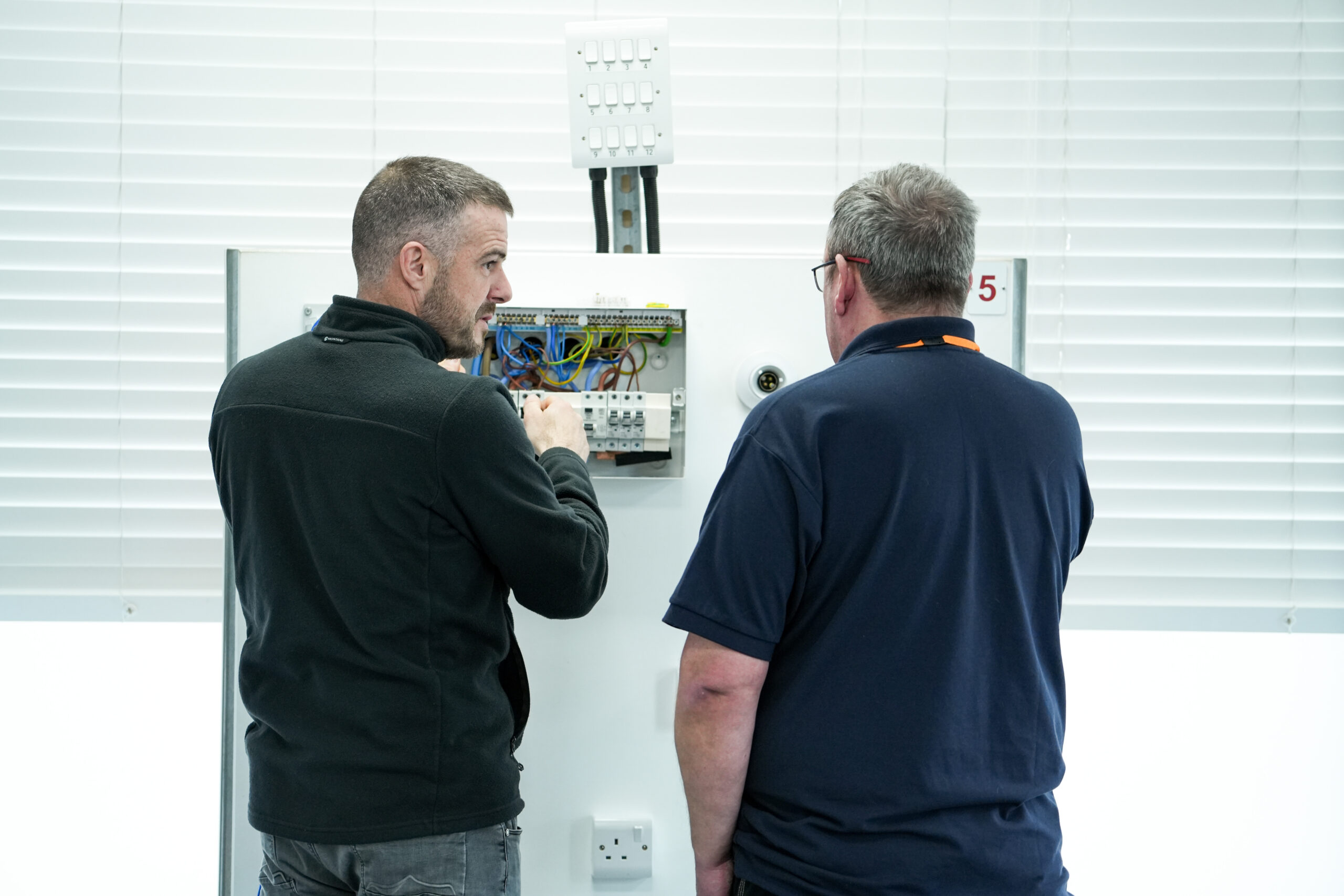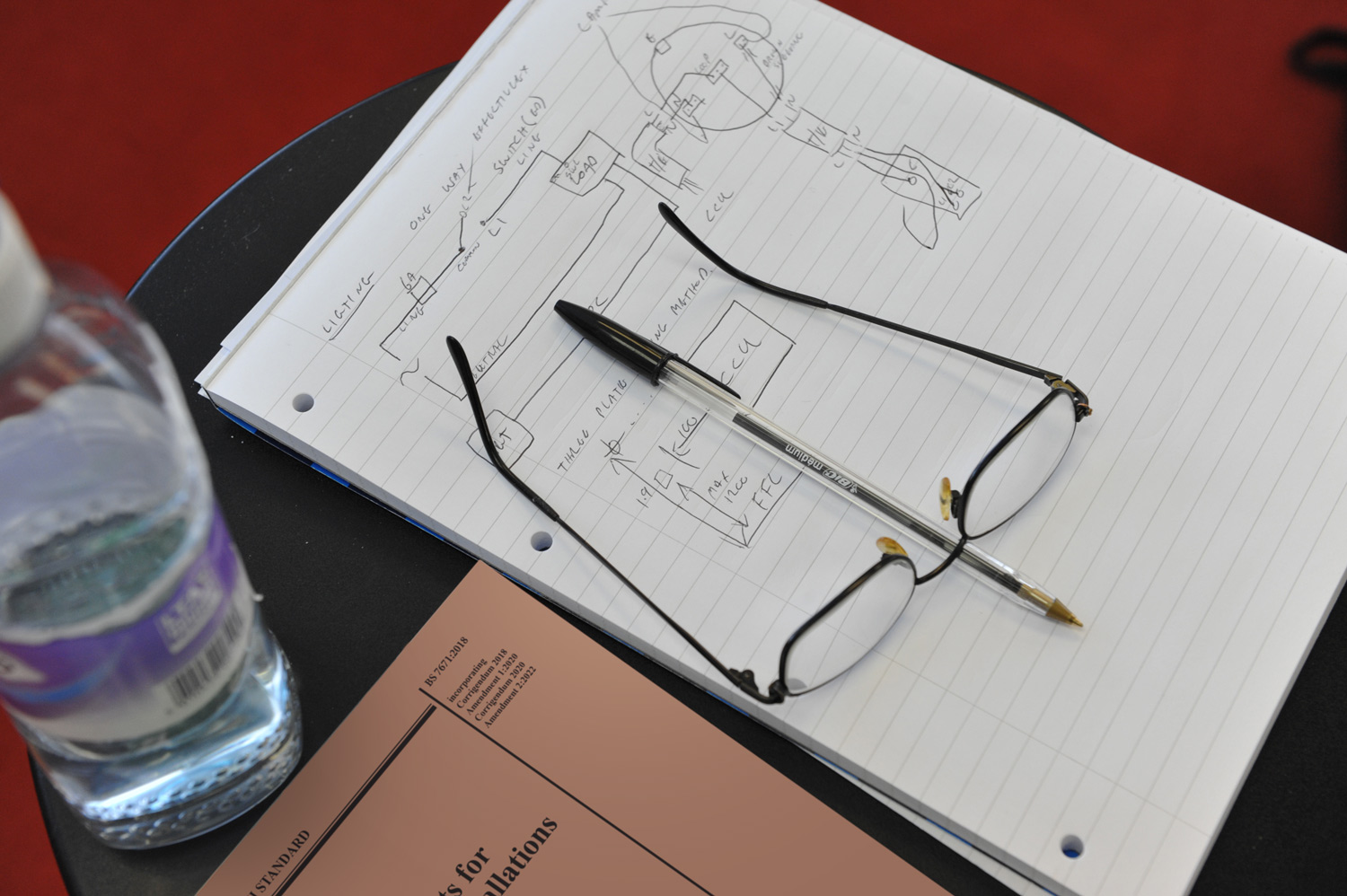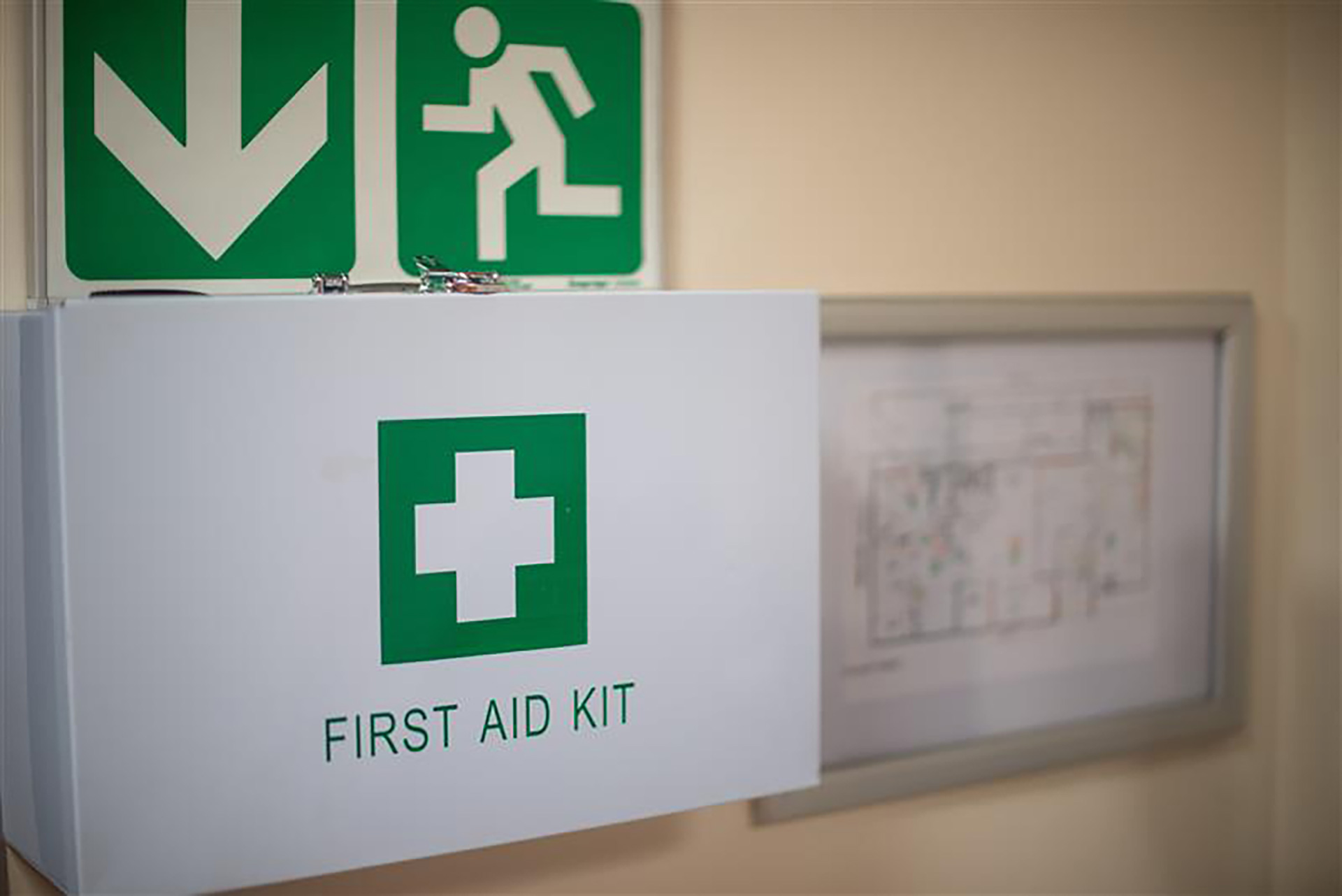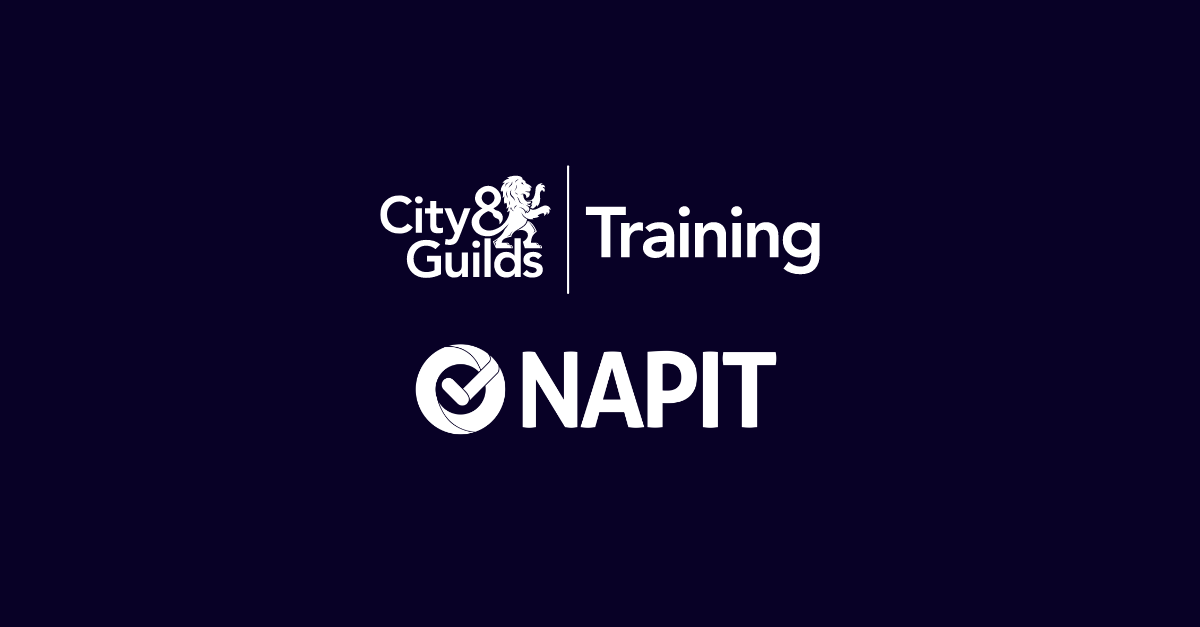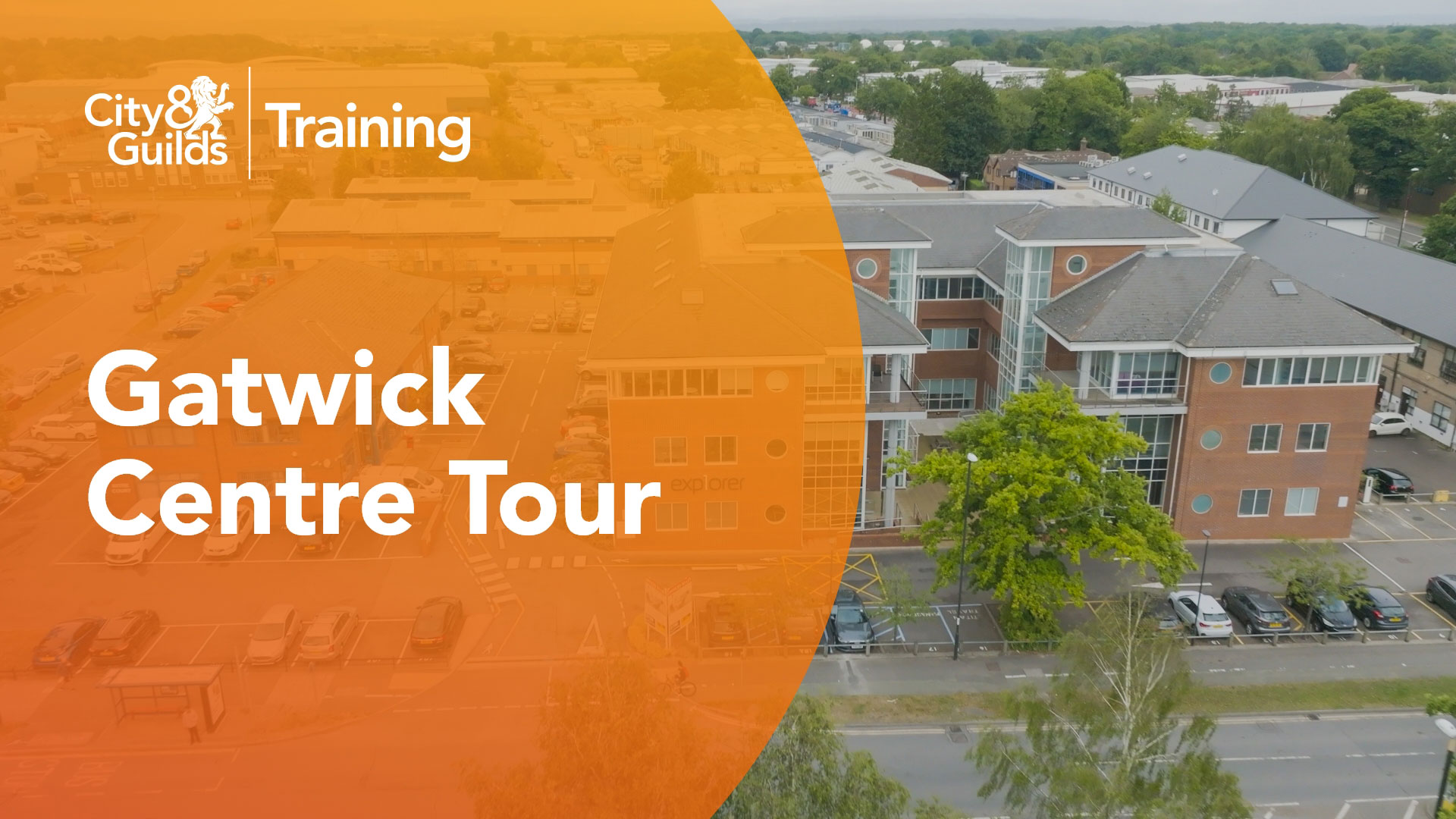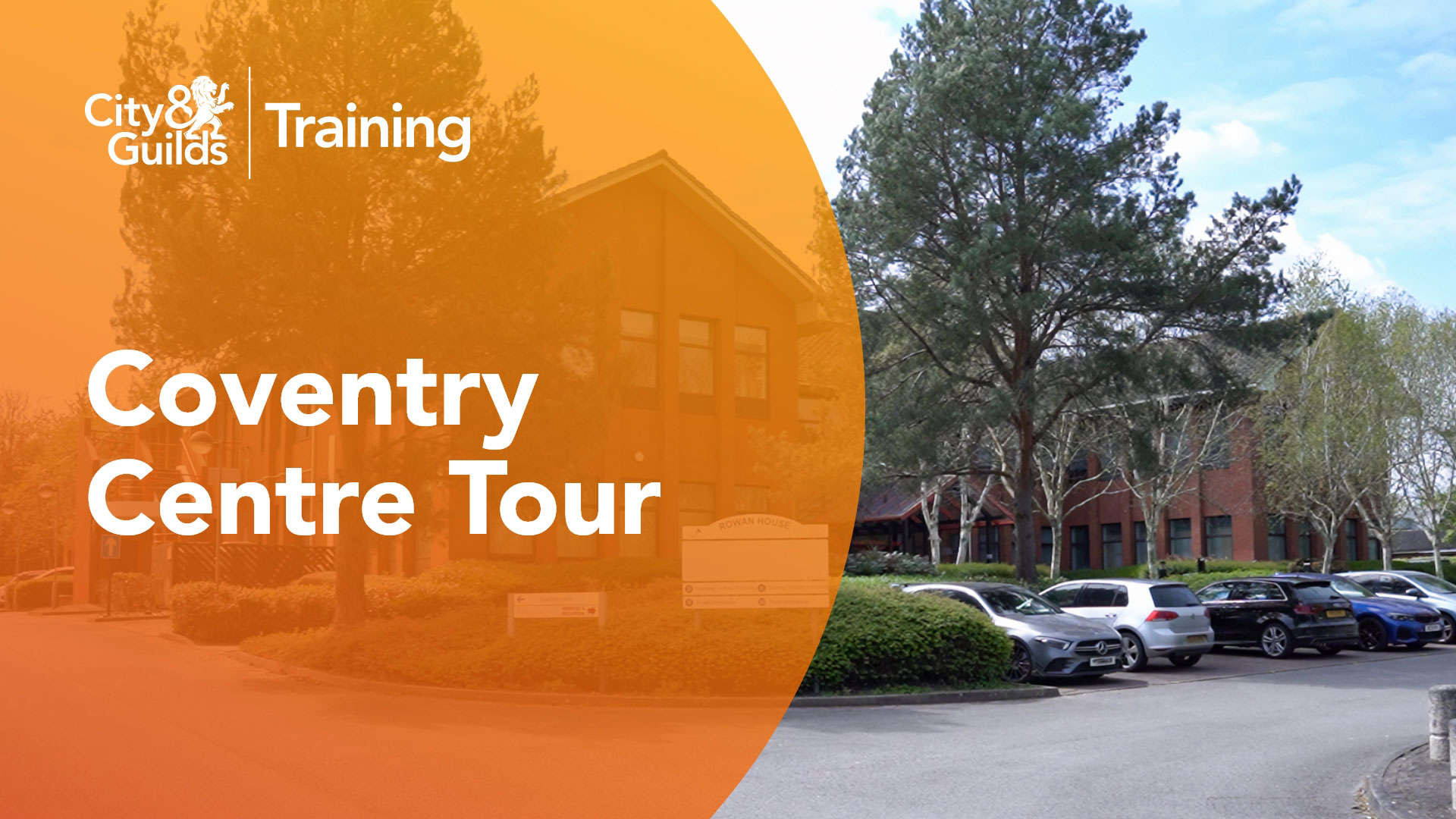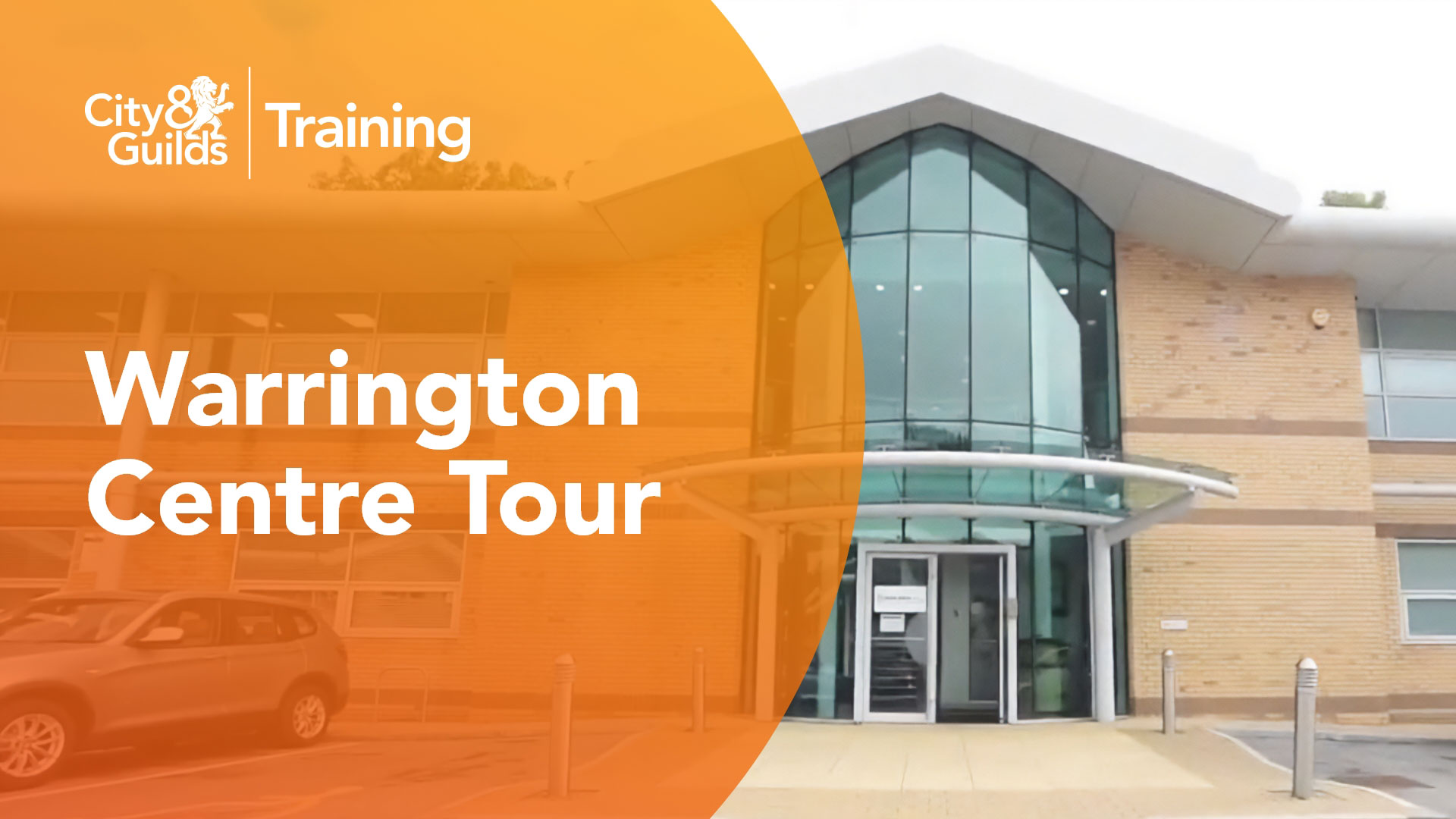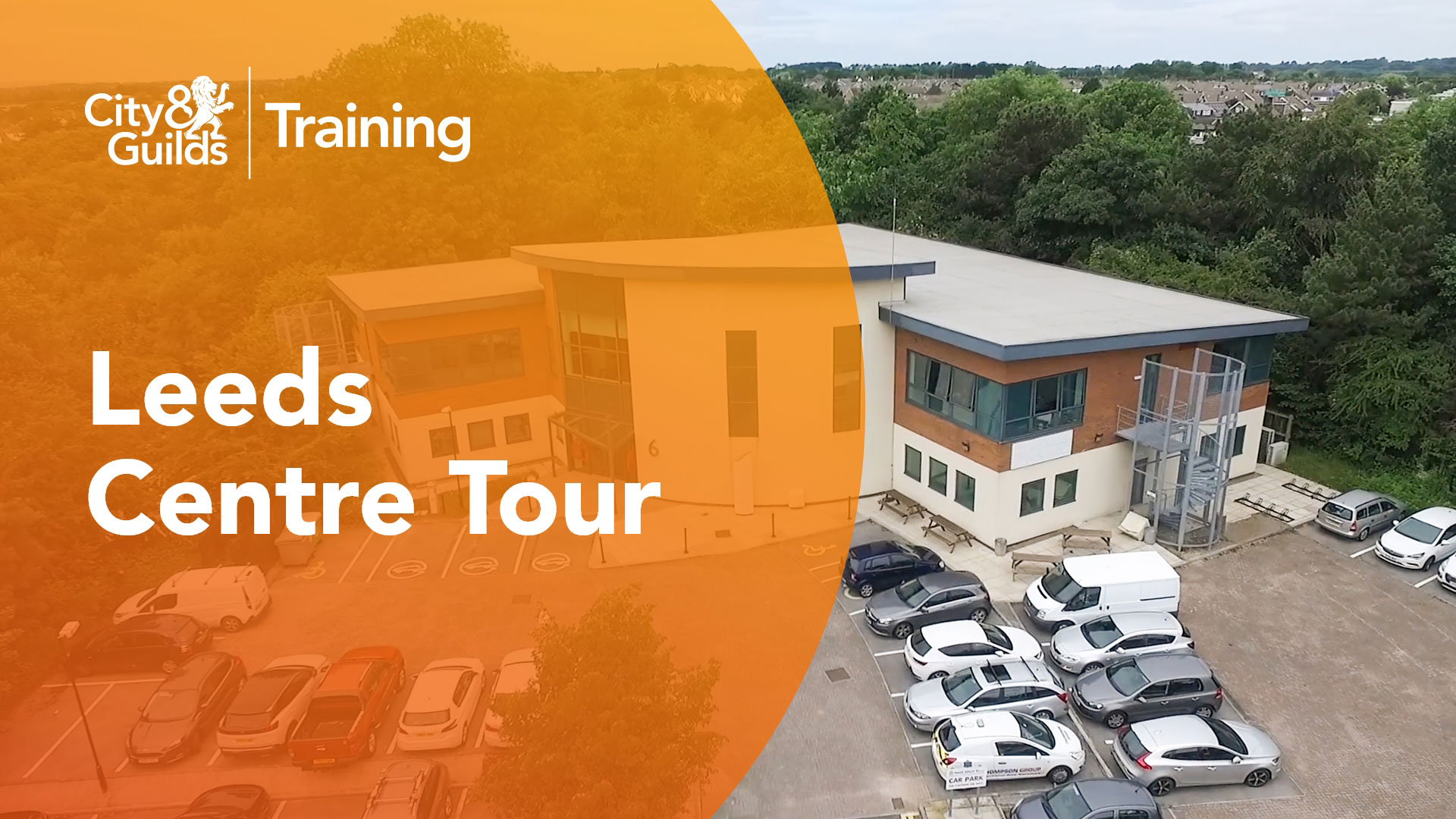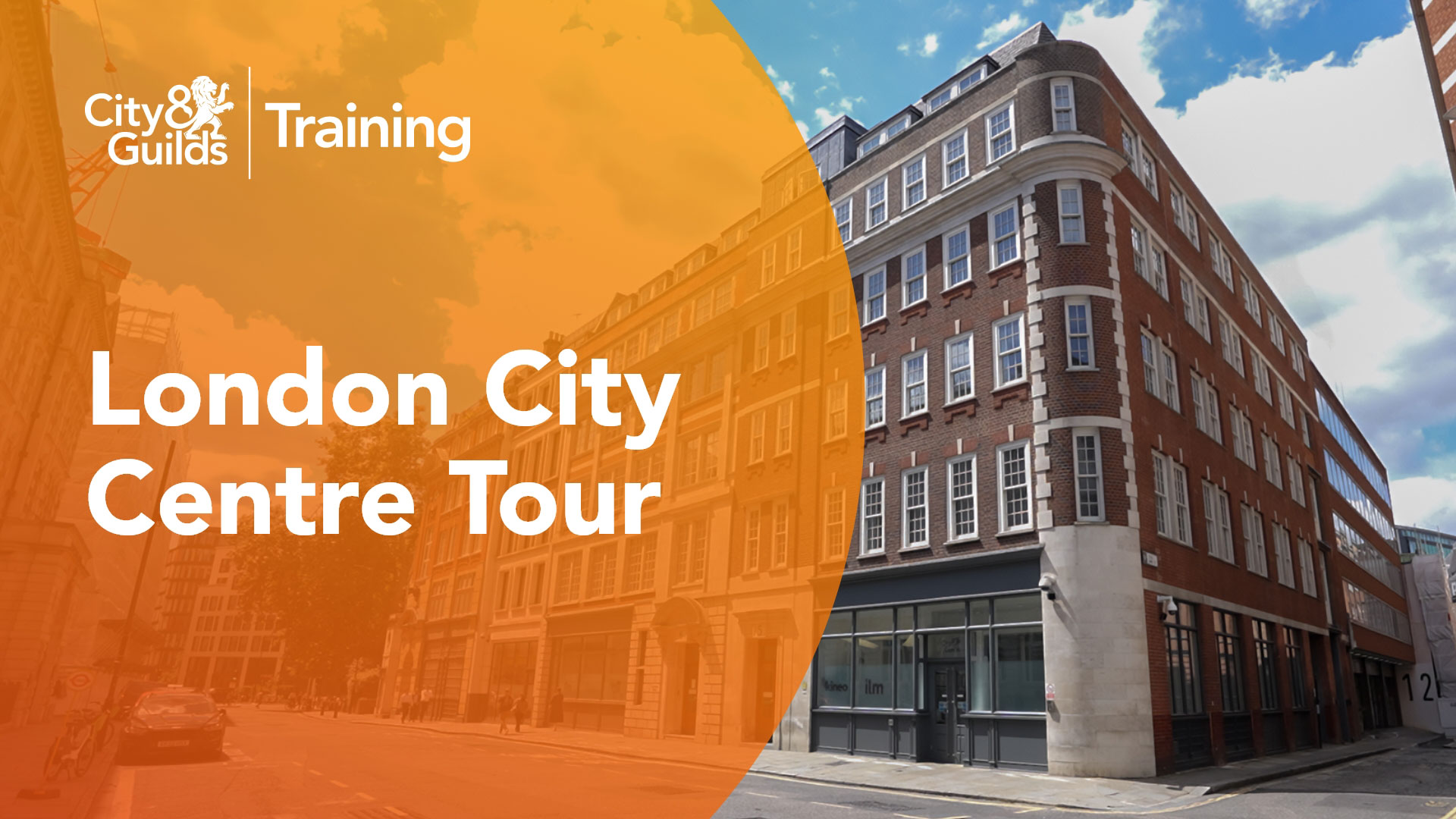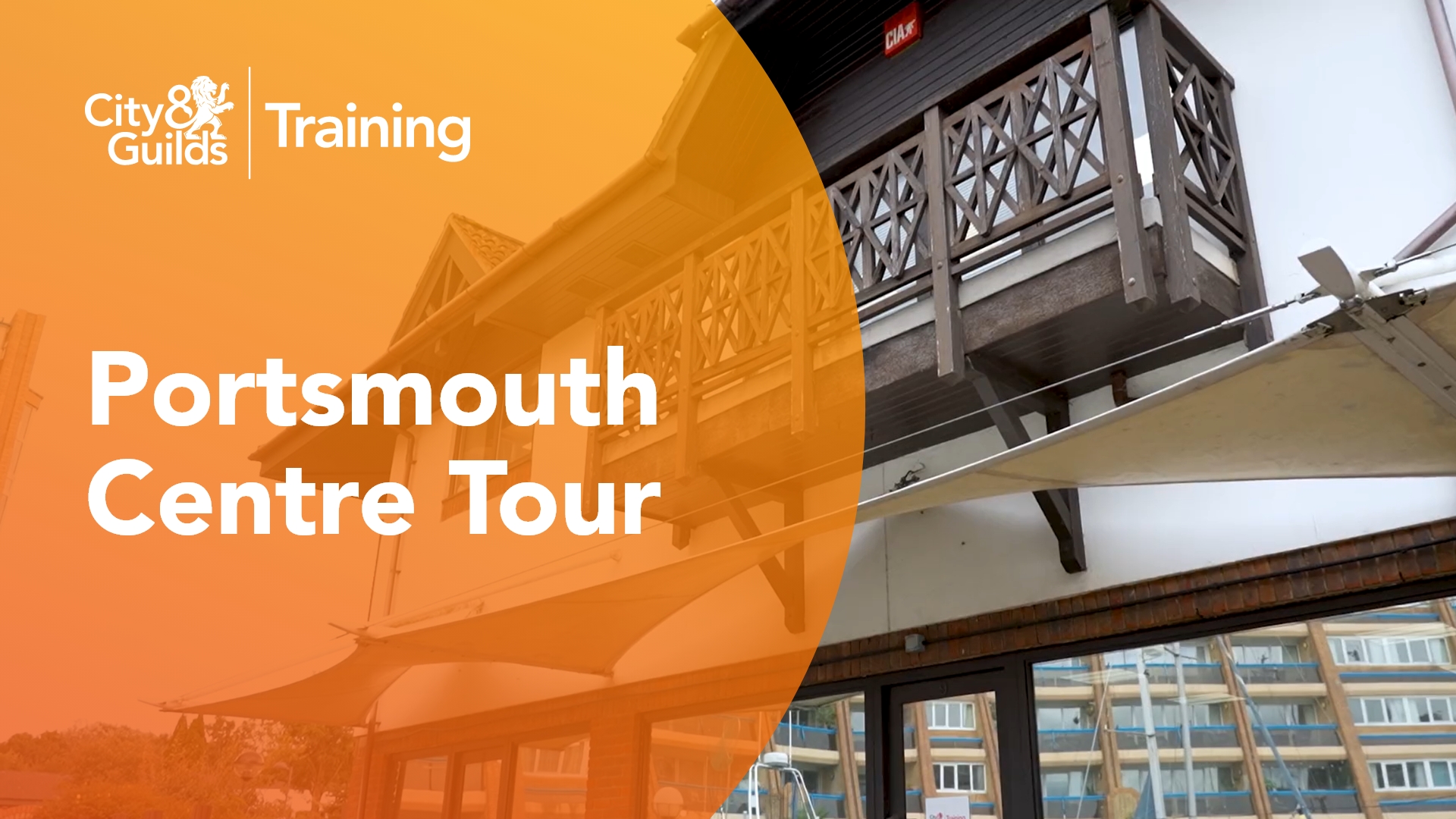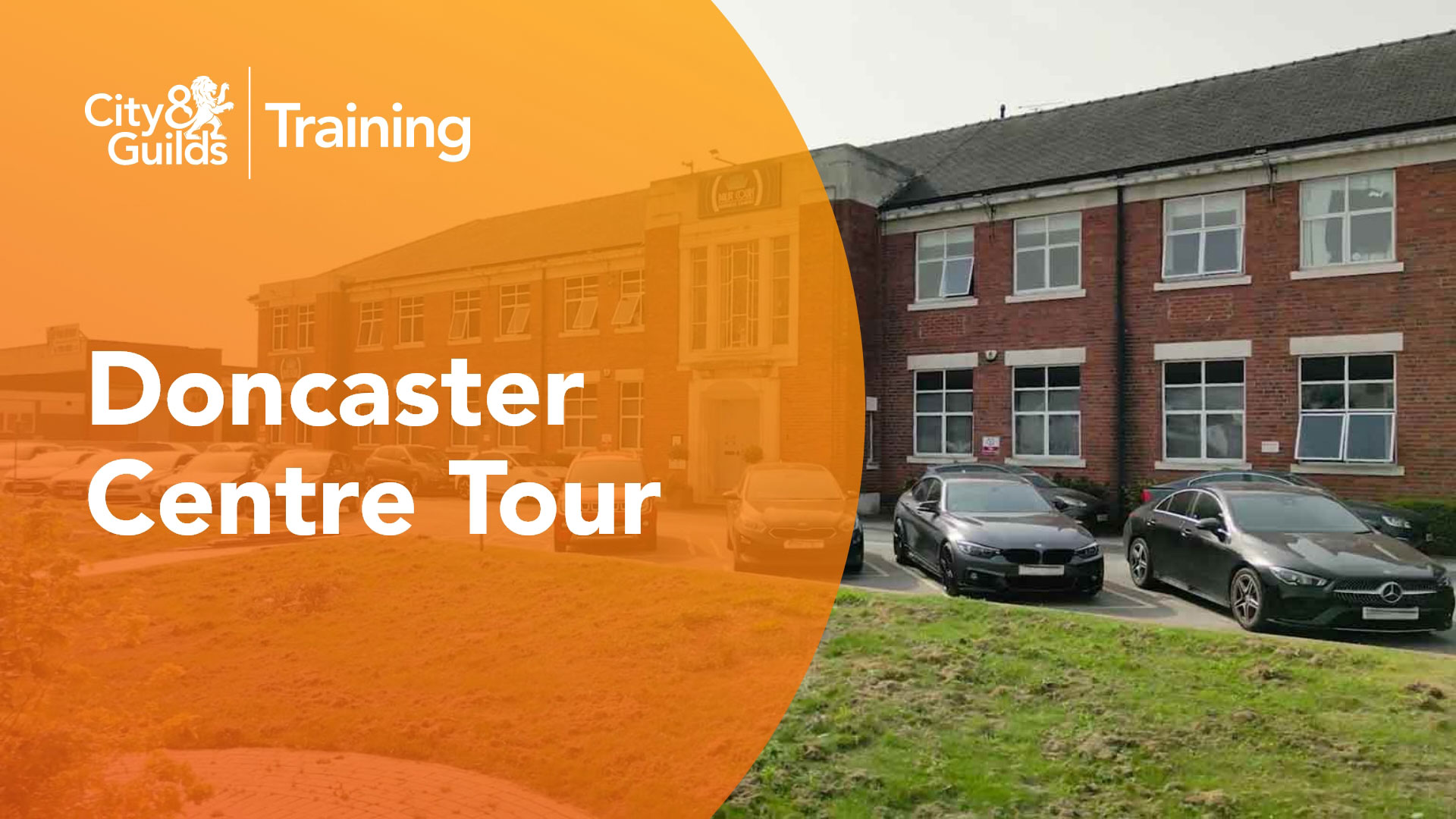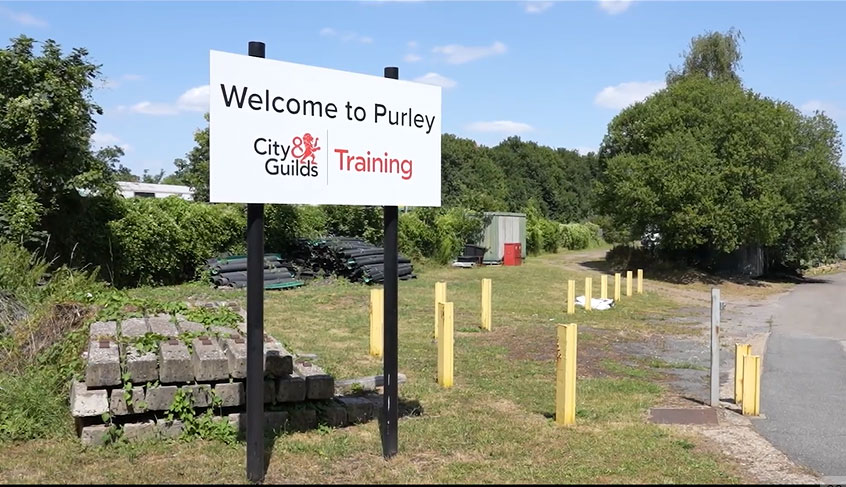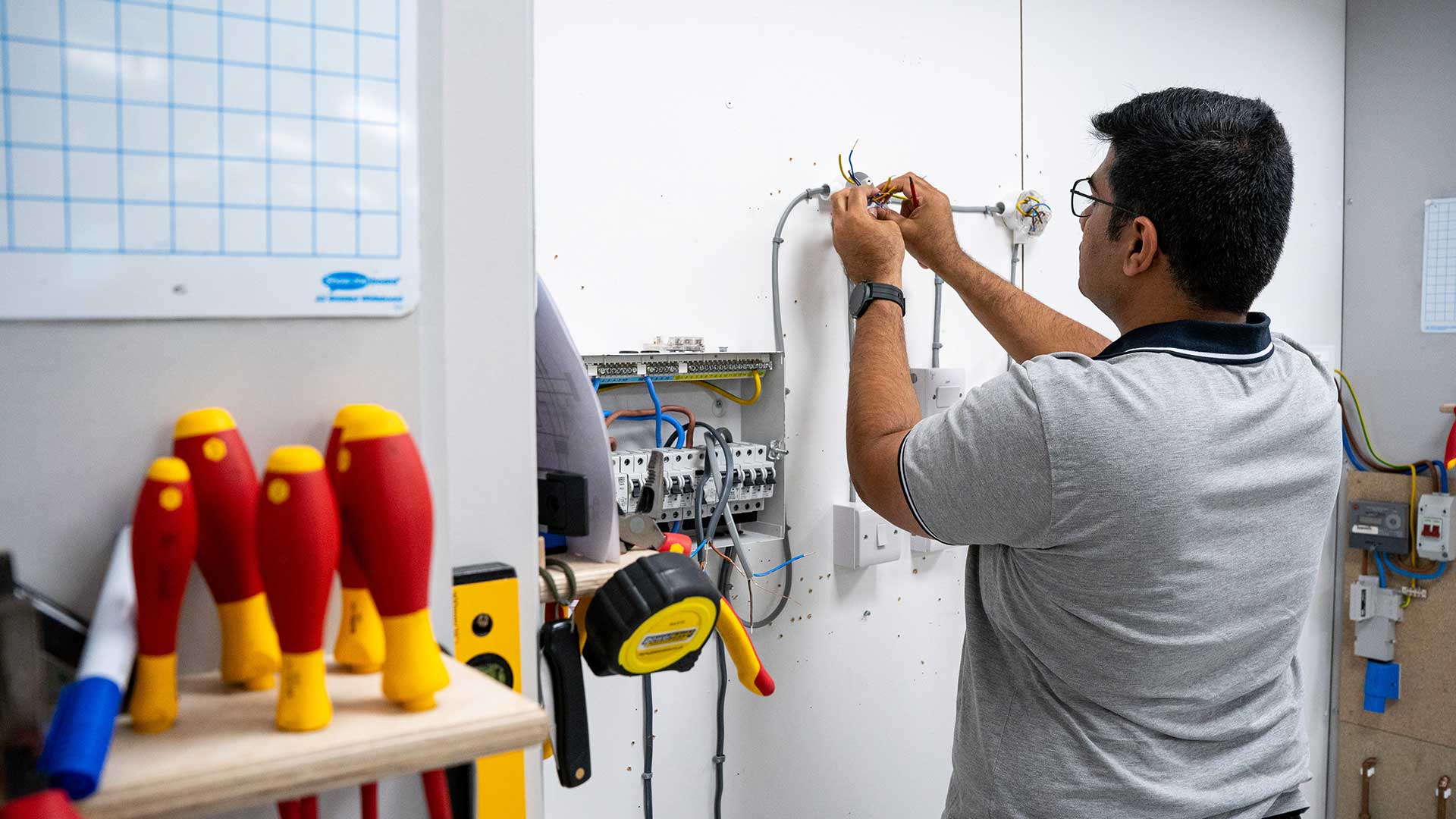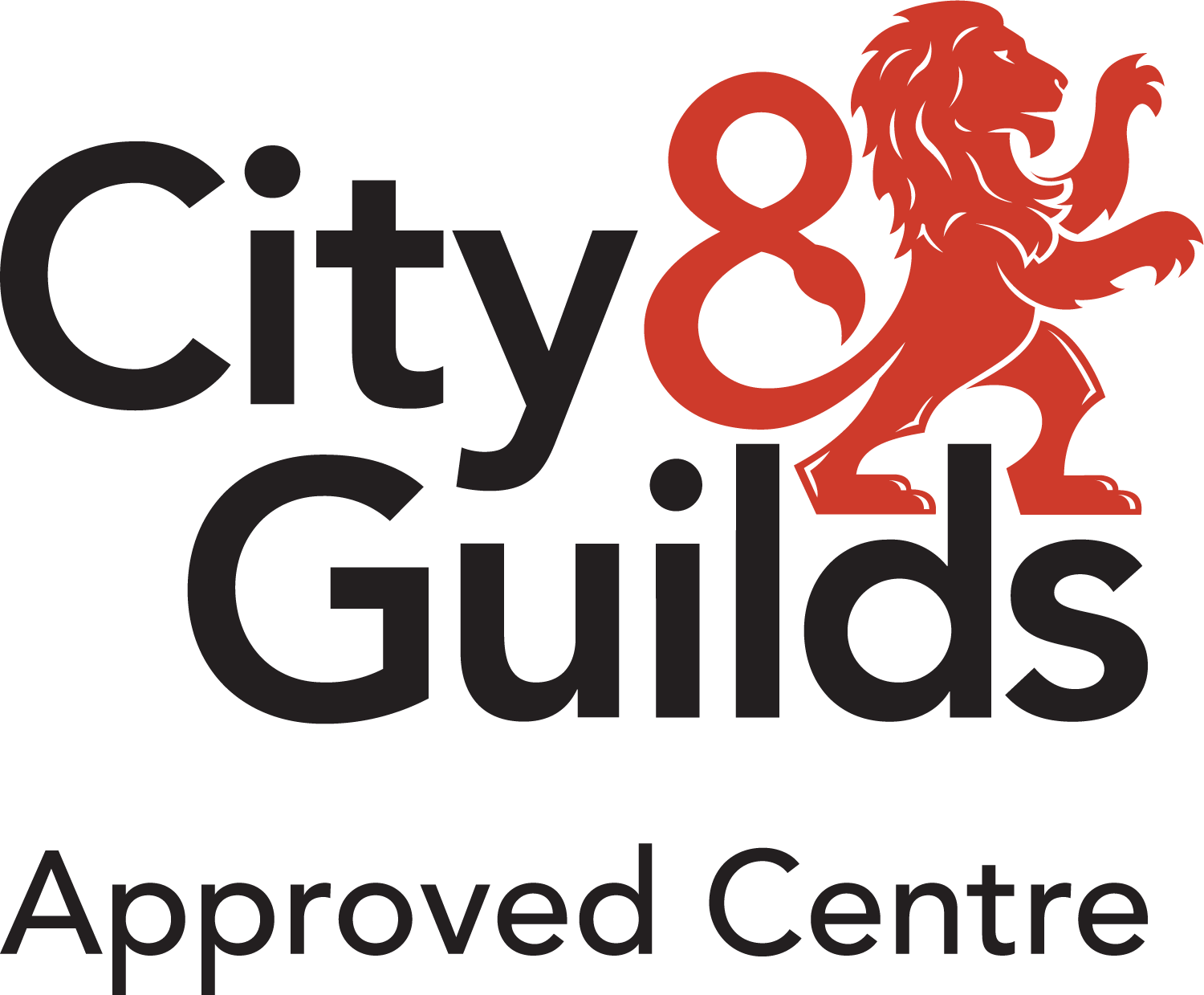Our very own Paul Chapman, Electrical Tutor and volunteer ski guide, tells us why he chose to get involved with the Southern Ski Club for the Disabled (SSCD).
SSCD is a non-profit organisation entirely run by volunteers to help people with any disability enjoy a sense of freedom and exhilaration and to help develop their self-confidence by participating in the fantastic sport of skiing.
Based on 40 years of experience helping those with disabilities, SSCD was set-up by people who believe that the joy of skiing should be achievable for everyone.
SSCD work with people who have many forms of disability from paraplegics, the blind, those with special learning needs or MS. It is only due to the generous donations they receive that SSCD are able to provide and develop specialist skiing aids/equipment, offer ski guiding and practice sessions on artificial slopes and also organise snow holidays for groups. The organisation also runs training courses for guides to assist skiers with disabilities to learn and enjoy to ski.
We asked Paul why he decided to become a guide
I have skied for some years prior to getting involved with the SSCD. It was at a point in my life when you find yourself at a loose end due to a relationship breakup. I can’t remember where I saw the advert but I thought it was a good idea. I had no pre-conceptions of what would be involved, and I was quite prepared to just assist. But after 3 or 4 months I found myself doing more responsible jobs.
It was in 2007 that I attended a two day weekend training course at Knockhatch dry ski slope near Hailsham. We covered the basics of becoming a ski guide for the disabled, which included a surprising amount of learning regarding different disabilities and illnesses. During the training we had to experience what a disabled skier would feel when skiing for the first time.
We took turns at being a blind skier by being blind folded and then assisted by a fellow trainee to help us put on our ski boots and guide us out to the slope, which was very disorientating. Once on the slope we had to use the button lift, assisted by our fellow trainee. Once on the button lift you have no way of knowing what direction you are going in, so we had to rely on instructions shouted up from the bottom of the slope. Yes, I fell over a few times, but the trouble was you have then lost the button and have no idea of where you are.
At the top another helper was waiting to tell us when to push the button out from between our legs, we were then guided to point towards the slope, as I could have been facing backwards for all I knew! So, eventually I gathered the nerve to go over the edge. The problem was I had no sensation of motion, there was no visual reference point to gage my speed. I was in a very wide snow plough and the trainee guide said “Come on let’s get moving” I really thought I was.
Eventually we got to the bottom of the slope and stopped, well that’s what I thought but skied straight into the back of another blindfolded guide and fell over with our skis all locked together and had to be untangled by others. I had no idea of what was up, down, north, south, east or west apart from knowing what time of the day it was and which side of my face the sun was shining on.
What are the best bits about guiding?


The best bits are seeing any disabled person having fun experiencing the exhilaration of skiing especially referring to sit skis where the disabled person is literally strapped into the ski and communicates by blinking or a half smile. Please see the Tessier sit ski links here.
One funny story was when a Down Syndrome lad was worried about going up on the button lift, I was with another very experienced guide who asked this lad if he liked music and told him to sing if he got worried. I went up in front to make sure the lad got off OK at the top. Well, as he got close to the top he started singing Mamma Mia at the top of his voice. I very nearly couldn’t control my laughter but knew I had to make sure he got of the button lift safely. One of the most difficult bits has to be losing one of the disabled people, Finding out that one of the disabled children have passed away can be quite hard especially if you have skied with them and managed to build rapport.
One other incredible story is some years ago one our groups took a guy on a ski holiday in a lay down sledge and raced him around the mountains on it. The incredible part is that the only moving part of this particular guy was his head. He spent his life laying on his back looking at his world through a mirror above his head.
Do you have any advice for others wanting to train as a guide?
At first you may feel as though you are just in the way at times, but as you get used to the different disabilities and what we do you will soon be in the right place at the right time to assist.
If you would like to find out more, why not pop along to one of their sessions to see for yourself what it’s all about. Alternatively if you would like to become a member or make a donation please visit SSCD.

